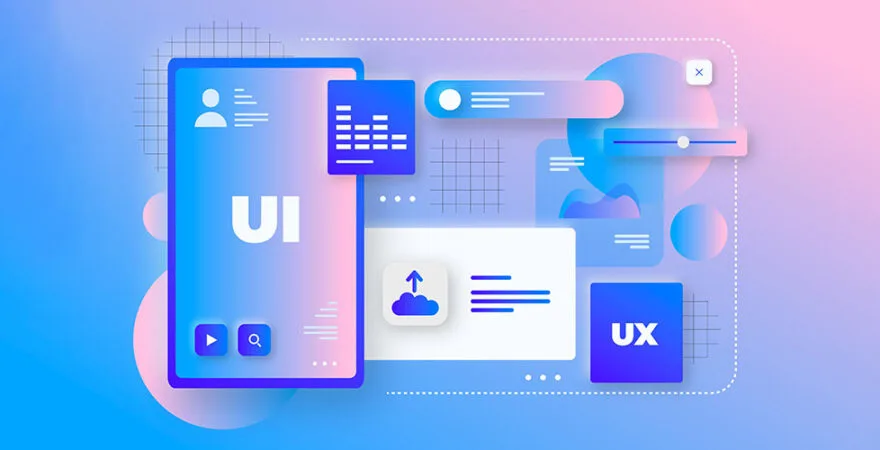
In today’s fast-paced technology world, UI/UX design is vital for delivering satisfying user experiences with digital products. But what do these terms really mean? Let’s break down UI and UX design to understand their importance.
UI Design
User Interface (UI) Design focuses on the visual aspects of a product. It crafts the look and feel of an application or website. Here are some key components of UI design:
- Visual Elements: This includes buttons, icons, sliders, and other interactive components that users engage with.
- Color Schemes and Typography: Choosing the right colors and fonts is crucial for establishing brand identity and improving readability.
- Layout and Spacing: A well-structured layout with appropriate spacing enhances navigation and creates a clear visual hierarchy.
In essence, UI design goes beyond aesthetics; it aims to create an intuitive interface that helps users accomplish tasks efficiently.
UX Design
User Experience (UX) Design takes a broader approach. It focuses on the overall experience users have while interacting with a product. Key elements include:
- User Research: This involves understanding users’ needs, behaviors, and challenges through surveys, interviews, and usability testing.
- Information Architecture: Organizing content effectively helps users easily find what they need.
- Prototyping and Testing: Creating wireframes and prototypes allows designers to visualize concepts and gather feedback before finalizing designs.
The main goal of UX design is to deliver a seamless and enjoyable experience that meets user expectations.
The Relationship Between UI and UX Design
Although UI and UX design are distinct fields, they are closely linked. A beautiful interface (UI) can fail if the user experience (UX) is lacking. Likewise, a great user experience can be spoiled by a cluttered or unattractive interface. Here’s how they work together:
- Collaboration: UI and UX designers collaborate to ensure visual elements align with the overall user journey.
- Consistency: A cohesive design language across the UI makes the overall experience more intuitive and enjoyable.
- User-Centric Approach: Both fields prioritize users, focusing on their needs and preferences to create effective solutions.
Why is UI/UX Design Important?
Investing in UI/UX design brings several benefits:
- Increased User Satisfaction: A well-designed product results in happier users who are likely to return and recommend it to others.
- Higher Conversion Rates: Better usability and aesthetics can significantly boost conversion rates for e-commerce sites or mobile apps.
- Competitive Advantage: In today’s crowded market, exceptional UI/UX design helps your product stand out from competitors, making it more appealing to users.
Conclusion
In the digital age, UI/UX design is not merely an optional part of product development; it is essential for creating successful and engaging user experiences. By grasping the principles of UI and UX design, businesses can better meet user needs and build products that resonate in a competitive landscape.
Leave a Reply


